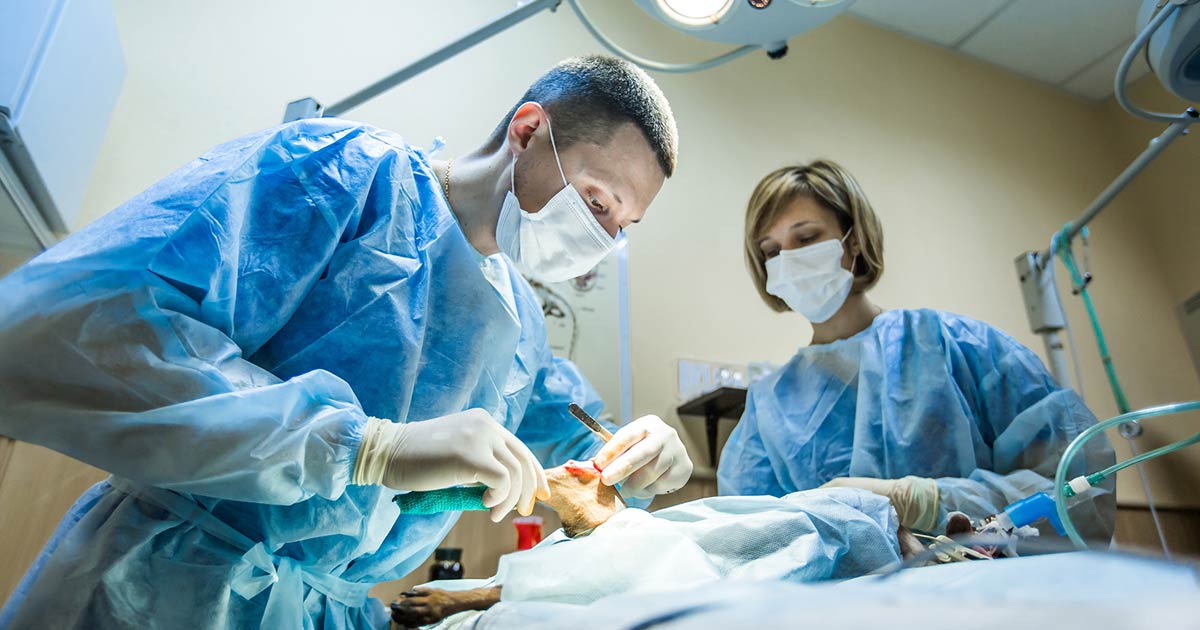18 May 2020
Figures published by HMRC have shown vets are missing out on millions of pounds in research and development (R&D) tax credits. Cheryl Teoh – senior R&D technical consultant at innovation funding consultancy Leyton UK – looks at the scheme, what can be claimed for and why vets aren’t claiming for what they are owed.

Image: © Artem / Adobe Stock

Vets in the UK must balance their expertise in the skilled profession of veterinary medicine, running successful business practices, dealing with business management, and keeping up to speed with changing regulations and Government schemes they can benefit from.
This balancing act can often result in oversight when it comes to exploring Government funding incentives their businesses could benefit from.
While the capital allowances and annual investment allowance are well known among vets, less awareness exists of R&D tax credits – the Government’s scheme to boost innovation. Recent analysis by Leyton revealed veterinary practices to be one of the business sectors most significantly underclaiming for R&D tax credits.
Despite innovation being present in almost every aspect of veterinary practice, vets are failing to reap financial rewards they are owed. This needs to be rectified.
The UK has a relatively low level of investment in R&D compared to other European countries. The most up-to-date Office for National Statistics figures revealed the UK’s investment to be just 1.69% of national gross domestic product – well below the European average of 2.07%.
With the UK looking for new economic opportunities post-Brexit, R&D is something the Government has identified as a key area of focus. Detailed research from Universities UK estimated every £1 invested in R&D generates £3 worth of value to the economy.
The UK Government has two established schemes to encourage innovation within businesses and tackle the UK’s historic underperformance – The Research and Development Expenditure Credit initiative and the Patent Box scheme.
R&D tax credits are designed to encourage greater spending in R&D, leading, in turn, to investment in innovation. The Patent Box scheme works in a similar way, but is focused on intellectual property.
The way the scheme operates is by reducing a company’s tax bill through relief or credit linked to the company’s qualifying R&D expenditure – of up to 33%.
R&D tax credits can then save businesses thousands of pounds, improving cash flow and funding future investments in machinery, systems or people. In challenging economic conditions, this can be the difference between a business surviving or dying.
HMRC’s definition of R&D is relatively broad and doesn’t restrict applications, along with the range of qualifying expenditure. For the veterinary sector, this can cover products, processes and computing – ranging from improvements to existing methods or the development of new ones. At its heart, it is anything that pushes forward the sector in a new and innovative way.
Overall, the total number of claims for R&D tax credits for 2016-17 (the last full year reported) was 52,335 – an increase of 20% from 2015-16. However in, the “health care” category that vets fall within, just 500 claims were made in the last full reporting year, totalling £20 million tax credits returned on expenditure of £115 million. This is a tiny sliver of the overall £4.3 billion successfully claimed.
To put this into context, manufacturing as a sector successfully saw 13,270 claims, receiving £1.335 billion on a total expenditure of £11.575 billion.
The reason for underclaiming is certainly not connected to a lack of innovation within veterinary practices. The truth is veterinary work involves particularly long hours within highly stressful environments, with almost every treatment requiring careful analysis and innovative thinking.
However, the complexity of form filling and getting to grips with the intricacies of a tax regime can be a big impediment to claiming what is owed.
Additionally, despite some consolidation in the sector, most vets are run as small businesses.
While good awareness exists of the scheme within larger organisations benefiting from teams of accountants, the same does not apply for many small and medium enterprises.
More fundamentally, a huge lack of understanding exists in the sector about what counts as innovation and can be legitimately claimed for. The idea it has to involve a particular scientific breakthrough is misplaced.
Many vets will assume the work they are doing is day‑to‑day and operational, whereas the reality is that working with each live animal is at least somewhat unique.
Many treatments are slightly different from what has come before – and can be claimed for.
Examples of what can be claimed for include:
Here are a few examples of projects we have successfully been able to claim for on behalf of clients:
A huge and diverse set of activities can be claimed for. A thorough scoping activity can help to identify work that can be counted as innovation.
The UK undoubtedly has some of the best veterinary practices in the world. They are successful and innovative businesses – it is time they were rewarded for their work.